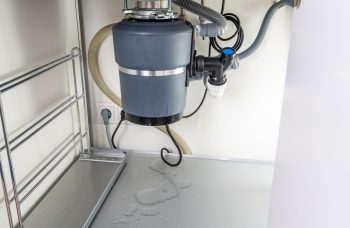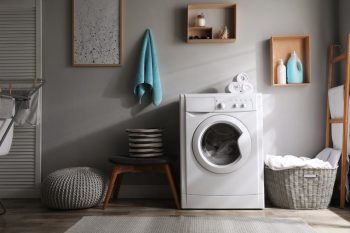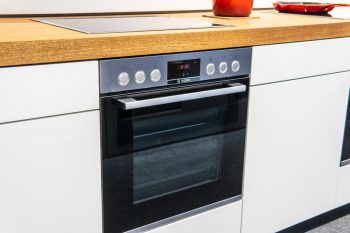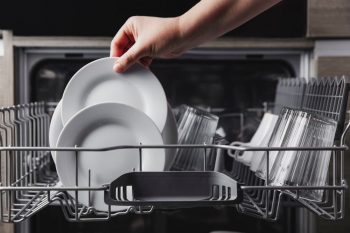
Wine fridges, also known as wine coolers, are a must-have for wine enthusiasts. They offer the optimal conditions for storing wine, preserving its quality and taste. But before you head out to buy one, it’s essential to understand the standard sizes of wine fridges available in the market. This comprehensive guide will help you understand the different factors that determine the size of a wine fridge and how to choose the right one to suit your needs.
The standard size of a wine fridge varies depending on its bottle capacity and installation method. A 12-bottle wine fridge measures approximately 10 x 20 x 25 inches, while freestanding and integrated wine fridges are typically 595mm wide. Freestanding units vary in depth and height, while integrated units are usually 540-560mm deep. Medium to large wine fridges (24-inch) can hold between 40 to 100 bottles or more. Remember, these dimensions can vary depending on the make and model.
Different Sizes of Wine Fridges
The size of a wine fridge is typically determined by its bottle capacity and the intended installation method. Here are some common sizes:
- 12-bottle wine fridge: These compact units measure approximately 10 x 20 x 25 inches, making them ideal for countertops or small spaces.
- Freestanding wine fridges: These versatile units are typically 595mm wide, 595-725mm deep, and range in height from 50cm to over 200mm.
- Integrated wine fridges: Designed to fit seamlessly into your kitchen cabinetry, these units are almost always 595mm wide and 540-560mm deep.
- Medium to large (24-inch) wine fridge: These spacious units can hold between 40 to 100 bottles of wine or more.
Remember, these dimensions are approximate and can vary depending on the specific make and model of the wine fridge.
Factors Determining the Size of a Wine Fridge
The size of a wine fridge is determined by several factors, including the intended use, available space, and desired bottle capacity.
Intended use: If you have a large wine collection stored in a traditional wine cellar, you may prefer a smaller wine fridge for the kitchen to keep your favorite bottles at serving temperature.
Available space: Wine fridges come in various sizes to fit different spaces. Integrated wine fridges are designed to fit standard kitchen cabinetry dimensions, while freestanding wine fridges require additional ventilation space around the back, sides, and top.
Bottle capacity: The size of the wine fridge will also depend on the number of bottles you want to store. Small wine fridges can hold 2 to 40 bottles, medium wine fridges can hold 40 to 100 bottles, and large wine fridges can hold 100 to 200 bottles or more.
Choosing the Right Wine Fridge
When choosing a wine fridge, consider the following factors:
- Bottle capacity: Consider your current collection, buying habits, and drinking habits.
- Available space: Measure the space where you plan to install the wine fridge and ensure that it fits the available space.
- Bottle dimensions: Choose a wine fridge with shelves that can accommodate various bottle sizes and shapes.
- Cooling zones: Depending on your wine collection, you may need a dual-zone or single-zone wine fridge.
- Energy efficiency: Consider the energy efficiency of the fridge to minimize energy costs.
- Noise: Some wine fridges may produce more noise than others. If noise is a concern, look for a fridge with a quiet cooling system.
- Appearance: Choose a wine fridge that complements your home’s decor. Options include stainless steel, wood tones, or black finishes.
- Budget: Determine your budget and choose a fridge that offers the features you need within your price range.
Remember, the size of a wine fridge affects its energy consumption and functionality. Choose a wine fridge that suits your needs and collection size to maximize energy efficiency and maintain the quality of your wine.
Conclusion
Choosing the right wine fridge involves understanding the standard sizes available, your unique requirements, and the space you have available. By considering these factors, you can find the perfect wine fridge that not only preserves your wine in optimal conditions but also adds style to your home.
Whether you are a casual wine drinker or a connoisseur, a wine fridge is a worthy investment that can enhance your wine-drinking experience. Happy wine shopping!
Frequently Asked Questions
What is the purpose of a dual-zone in a wine fridge?
A dual-zone wine fridge has two separate compartments, each with its own temperature controls. This feature is especially useful if you have both red and white wines in your collection. Red and white wines should be stored at different temperatures for optimal taste and preservation.
How often should a wine fridge be cleaned?
It is recommended to clean your wine fridge every three to six months to prevent odors and maintain cleanliness. This process involves unplugging the fridge, removing the bottles, and wiping down the interior with a mild detergent or baking soda solution.
Can other beverages be stored in a wine fridge?
While a wine fridge is specifically designed for storing wine at optimal temperatures, it can also be used to store other beverages like beer or sodas. However, keep in mind that the temperature requirements for these beverages may differ from those of wine.
Can a wine fridge be built into a cabinet?
Yes, certain models of wine fridges, known as integrated wine fridges, are specifically designed to be built into kitchen cabinetry. However, it’s important to ensure that the fridge is properly ventilated to prevent overheating.
Does the orientation of the wine bottle in the fridge matter?
Yes, the orientation of the wine bottle does matter. Wine bottles should be stored horizontally in the fridge. This orientation keeps the cork moist, preventing it from drying out and letting air into the bottle, which can spoil the wine.












